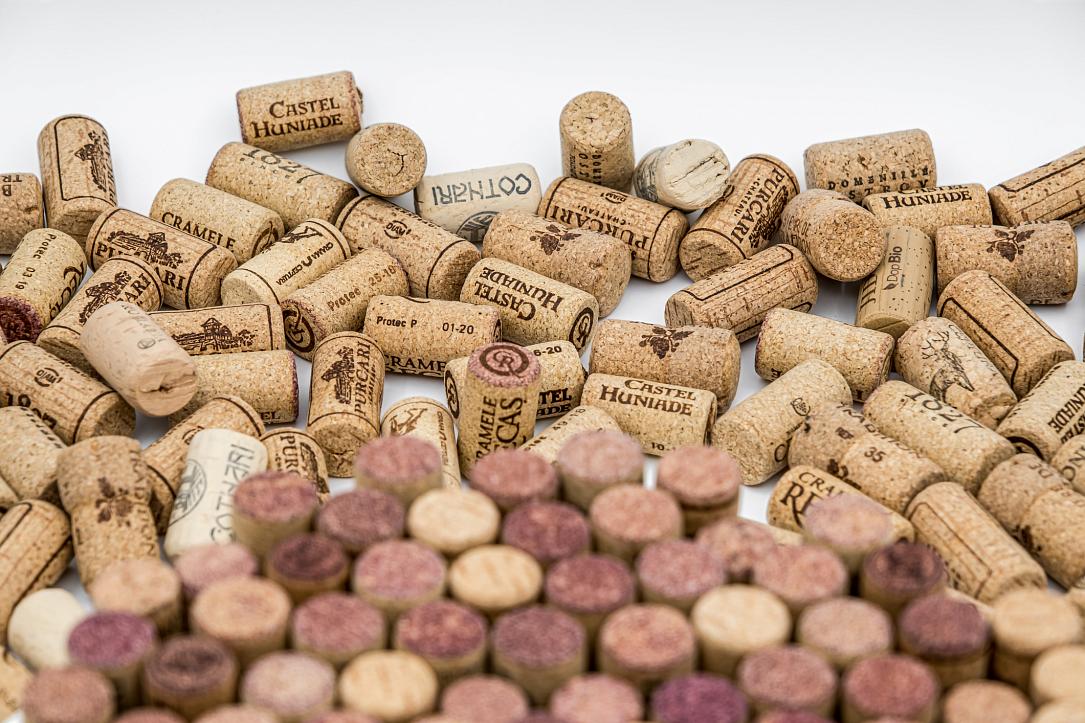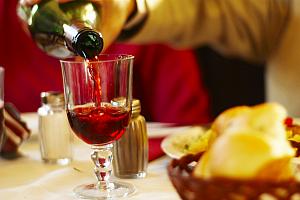Romanians prefer to drink local wine

Over 250 wineries are active in Romania, and 90% of the wine production is sold in the country, as Romanian consumers prefer domestic wines over imports.
Romania ranks 13th in the world in consumption and is the sixth largest producer in Europe, according to data from the International Organization of Vine and Wine. Romanians average an annual per capita consumption of around 25 liters. The country produced around 4.5 million hectoliters in 2021.
White wines remain the most consumed locally, taking up about half of the consumed amount, Hotnews.ro reported. Red wines come in second (30%), followed by rosé wines (20%). The latter has seen significant growth in the last 5 years due to their freshness, aromas, and association with the summer season and certain culinary dishes.
Off-dry and semi-sweet wines are still the most consumed locally.
Sales of imported wines have increased slightly, from 3 to 5%, in the last 5 years, with the rest of consumption attributed to local wines. The main sales venues for wine are in retail and the service industry. Large retail chains represent a significant sales venue for Romanian wine producers. Specialty wine stores, meanwhile, remain a niche area accessed by wine connoisseurs. They are also the destination of preference for small wine producers.
"The service industry stands out with its numerous wine promotion events aimed at cultivating more know-how among consumers. The events disseminate everything from information about wine production to production technology, but also more about the specific elements of the region in which the wine originates,” said Robert Băicoianu, Director of Sales for Special Cultures at BASF Agricultural Solutions Romania, quoted by Hotnews.ro.
“Sales in the service industry saw a dramatic decrease over the last two years due to the pandemic. The Romanian consumer turned to online and retail sales channels. There is also a marked increase in wine consumption at home due to this change in behavior,” he added.
Online sales of wines, although not particularly developed before the pandemic, have grown massively since then. Producers adapted to the change and accepted it. The transition proved more difficult for small and medium-sized wineries. Nevertheless, Romanians remained faithful to local wines throughout the entire period.
Notoriety, quality, and the price of wine are the main reasons why Romanians prefer local brands. In stores, Romanians select wines primarily based on the label, then on price and the producer. The final decision is made based on personal experience with the wine, according to the BASF representative. In the service industry, customers rely on the waiter's recommendation when choosing a wine.
The primary trend in consumer behavior is moving toward dry, off-dry, and rosé wines. Industry experts also expect growth in wines made from 100% native grape varieties (Fetească, Crâmpoșie, etc.) and organic wine.
"Given the focus on sustainable agriculture and the financial support provided by the government, we expect growth in the production and consumption of organic wine, especially since, in terms of organoleptic properties (taste or smell), organic wines are not inferior in quality to wines obtained through conventional methods," said Robert Băicoianu.
(Photo source: Opreanu Roberto Sorin | Dreamstime.com)













